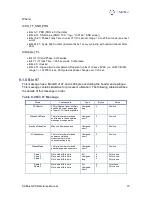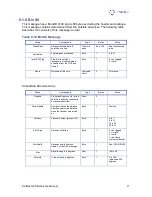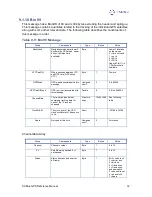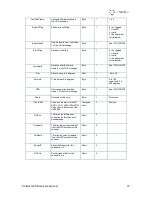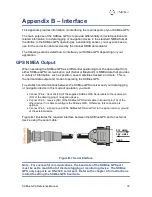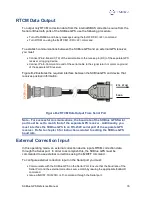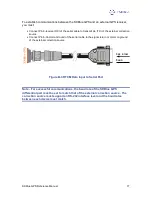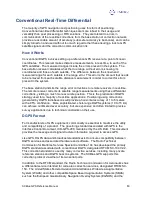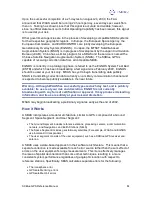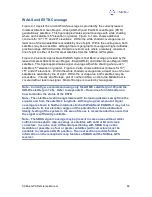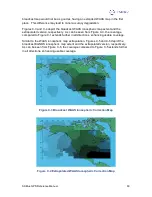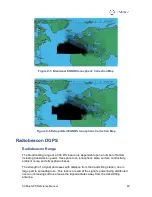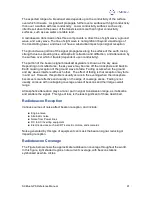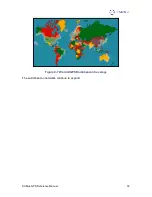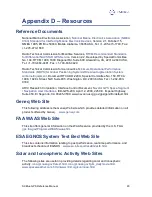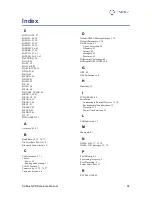
SXBlue GPS Reference Manual
82
satellite’s orbit error projects onto the reference receiver and remote receiver’s range
measurements differently. As the separation between the receivers increases, the orbit
error will not project onto the ranges in the same manner, and will then not cancel out of
the measurement differencing process completely. SBAS networks, with the use of
multiple base stations, are able to accurately compute the orbit vector of each satellite.
The resulting corrector is geographically independent, so minimal decorrelation occurs
with respect to position within the network.
The ionosphere and the troposphere both induce measurement errors on the signals
being received from GPS. The troposphere is the humid portion of the atmosphere
closest to the ground. Due to it humidity, refraction of GPS signals at lower elevations
can distort the measurements to satellites. This error source is rather easily modeled
within the GPS receiver and doesn’t constitute a significant problem.
The error induced by the ionosphere is more significant, however, is not as simple a task
to correct. The ionosphere is charged layer of the atmosphere responsible for the
Northern Lights. Charged particles from the sun ionize this portion of the atmosphere,
resulting in an electrically active atmospheric layer. This charged activity affects the
GPS signals that penetrate this layer, affecting the measured ranges. The difficulty in
removing the effect of the ionosphere is that it varies from day to day, and even hour to
hour due to the sun’s 11-year solar cycle and the rotation of the earth, respectively.
During the summer of 2001, the sun’s solar cycle reached an 11-year high and going
forward we will see a general cooling trend of the ionosphere over the next few years
thus reducing ionospheric activity.
Removing the effect of the ionosphere depends on the architecture of the differential
network. DGPS radiobeacons, for example, use a more conventional approach that
WAAS or SBAS in general. DGPS beacons make use of a single reference station,
which provides real-time GPS error corrections based upon measurements that it makes
at its location. It’s possible that the state of the ionosphere differs between the remote
user and the single reference station. This can lead to incompletely corrected error
source that could degrade positioning accuracy with increased distance from the base
station.
WAAS and SBAS use a different approach, using a network of reference stations in
strategic locations to take measurements and model the real-time ionosphere. Updates
the ionospheric map are sent on a continual basis to ensure that as the activity of the
ionosphere changes with time, the user’s positioning accuracy will be maintained.
Compared to using a DGPS beacon, the effect of geographic proximity to a single
reference station is minimized resulting in more consistent system performance
throughout all locations within the network.
Correction Latency
The latency of differential corrections to a lesser extent affects the achievable positioning
accuracy at the remote receiver since the magnitude of SA was turned to zero in year
2000. Latency is a function of the following:
•
The time it takes the base station to calculate corrections
•
The data rate of the radio link
•
The time it takes the signal to reach the user



